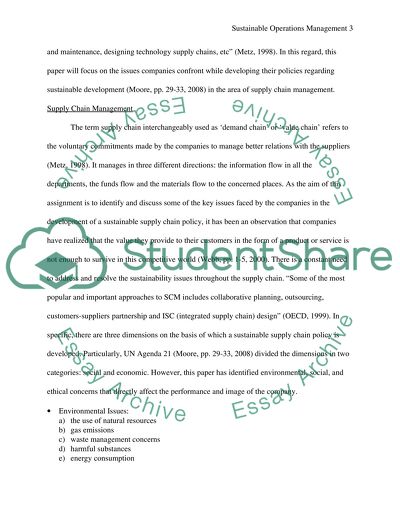Cite this document
(“Sustainable Operations Management Essay Example | Topics and Well Written Essays - 2000 words”, n.d.)
Retrieved from https://studentshare.org/environmental-studies/1409932-sustainable-operations-management
Retrieved from https://studentshare.org/environmental-studies/1409932-sustainable-operations-management
(Sustainable Operations Management Essay Example | Topics and Well Written Essays - 2000 Words)
https://studentshare.org/environmental-studies/1409932-sustainable-operations-management.
https://studentshare.org/environmental-studies/1409932-sustainable-operations-management.
“Sustainable Operations Management Essay Example | Topics and Well Written Essays - 2000 Words”, n.d. https://studentshare.org/environmental-studies/1409932-sustainable-operations-management.


